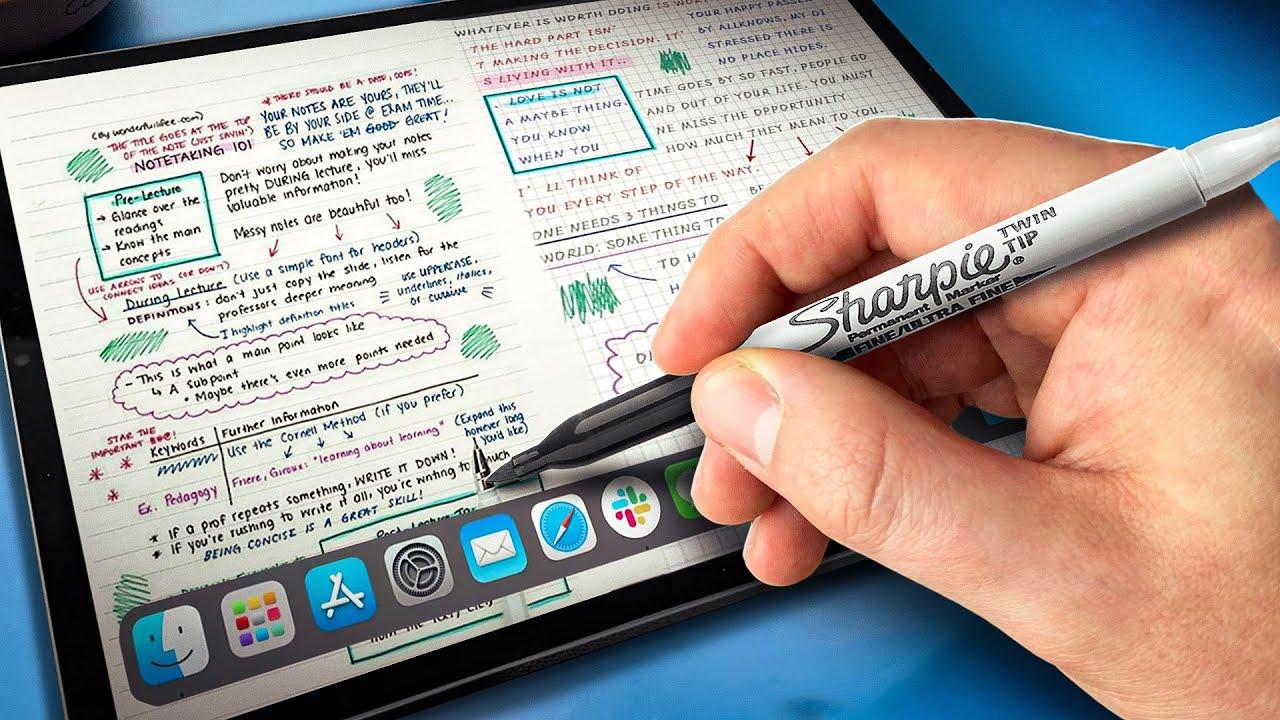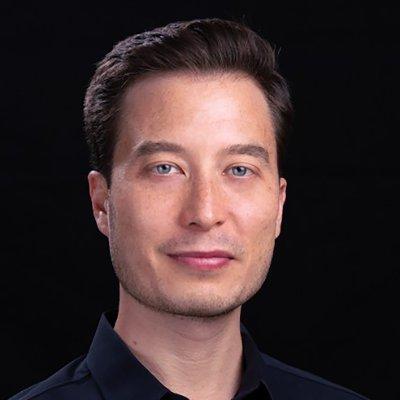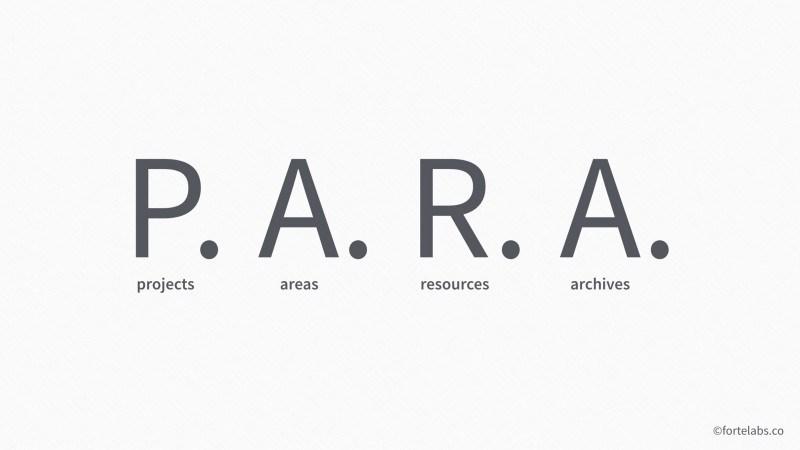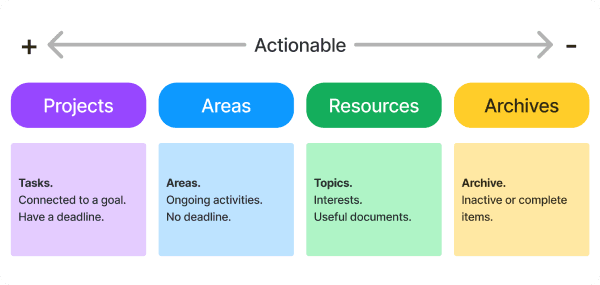𝑩𝒐𝒐𝒏 's Key Ideas from Building a Second Brain
by Tiago Forte
Ideas, facts & insights covering these topics:
22 ideas
·46.2K reads
199
6
Explore the World's Best Ideas
Join today and uncover 100+ curated journeys from 50+ topics. Unlock access to our mobile app with extensive features.
Use a Proven Method to Organize Your Digital Life and Unlock Your Creative Potential
- Our Brains are not well-suited to sorting large amounts of information. We are also constantly bombarded with distractions that make it difficult to focus and think clearly. So we need a system for capturing and organizing our thoughts, ideas and knowledge
- The process of building a second brain is summed up in the CODE method. This consists of four key steps
- CAPTURE
- ORGANIZE
- DEVELOP
- EVALUATE
529
4.63K reads
460
4.32K reads
1.CAPTURE
- Capture your ideas, thoughts and knowledge as they come to you. You can do this by writing, speaking or using digital tools like note-taking apps or audio recording software. Do this immediately rather than trying to remember ideas.
- By capturing the ideas as soon as they come to you, you can ensure that you don't lose them and can refer to them later.
490
3.58K reads
2. ORGANIZE
- Organize your captured ideas in a way that makes sense to you and helps you access them easily. You can use tools such as notebooks, file folders or digital apps.
- Organization helps you find what you are looking for more easily. You don't have to waste time searching for information.
465
3.17K reads
3. DEVELOP
- Have a central location where you can store all your captured and organized information. This could be a physical location, such as filing cabinet or a digital location, such as cloud-based storage system.
- A central location for your second brain helps you to keep your ideas and information in one place.
457
2.95K reads
4. EVALUATE
- Reflect on the information you have captured and organized. Review your notes regularly. Use your second brain to make decisions and generate new ideas.
- Reflection is an important part of the process. It allows you to think about what you have learned and how you can apply it in your life. Assess the usefulness of the information and decide whether to keep it or discard it.
- The Goal is to keep only the most valuable information and discard the rest.
By following this code method, you will be able to process and make sense the information you capture.
471
2.48K reads
There are Five Key Principles for Personal Knowledge Management (PKM)
- Develop a growth Mindset: Be willing to learn, grow and adapt. Seek out new information and experiences and be open to new ideas and perspectives.
- Be Curious and explore: Take an active, exploratory approach to leaning and personal development. Have a curious and open-minded attitude. Be willing to seek out new experiences and challenge assumptions.
- Have purpose and focus: Set clear goals and priorities Focus on the most valuable and relevant info.
486
2.58K reads
460
2.03K reads
Use Tools and Techniques to Build a Second Brain
Various tools and techniques can be used to build a personal knowledge base or second brain
- Note - Taking - This involves capturing info in a structured and organized way. You might use outlines, lists or diagrams. Note taking helps you to process and retain info more effectively, and to use it more efficiently.
- Indexing - This involves categorizing and organizing information in a logical and meaningful way. You may decide to use tags or labels. This helps you find and access specific pieces of info more easily.
453
1.8K reads
- Concept Mapping - This is similar to mind mapping. It involves mapping the relationships between different concepts or ideas. Concept maps can help you to understand and represent complex systems and processes.
- Synthesizing & Summarizing - This involves condensing and simplifying info to better understand and remember it. You may use techniques such as highlighting, underling or creating summary notes.
These tools and techniques help you capture, organize and use your knowledge and information more effectively.
458
1.68K reads
Capture and Store Information
- Capturing and storing info is the first step in building a second brain. You can use tools and techniques to collect and save info in a centralized location
- One of the most effective tools is a note taking app, such as Evernote, Notion or OneNote. These apps allow you to take notes on a variety of topics including texts, images and audio recordings. You can also use these apps to organize your notes into notebooks and folders. You can add tags and other metadata to help you find and categorize your notes.
440
1.44K reads
"For modern, professional note taking, a note is a "Knowledge building block" - a discrete unit of information interpreted through your unique perspective and stored outside your head."
TIAGO FORTE
447
1.66K reads
Your Notes should be:
- Personal - Optimized for you informal and not aimed at a public presentation;
- Unpublished - Messy, random, nonsensical, and not aimed at a particular outcome;
- Open-ended - Constantly adding to and building your knowledge base;
- Cross diverse media - Images, audio, video, tweets, books, articles, diagrams, sketches, code, demos, slides, websites, podcasts and more.
460
1.63K reads
Process and Synthesize Information
- Processing and synthesizing information is the fourth step in building a second brain. You can convert the information in your second brain into more useful and actionable forms
- Tools & Techniques such as mind mapping and summarization can be handy.
- Idea generation techniques, such as brainstorming or lateral thinking, can also be useful for processing and synthesizing information. These techniques involve generating as many ideas as possible on a particular topic. This will help you spark new insights and connections.
431
1.34K reads
Organize your Life with the PARA Method
- PARA is a powerful method for organizing and structuring your information. The PARA method involves four steps:
- Projects : Break down your work and personal life into specific goals or tasks you are working on. Examples include writing a book, launching a new product, or planning a vacation. Projects are the specific goals or tasks you are working on.
- Areas : Group your projects into broader categories. These cover general areas of your life. Areas include work, personal development and health.
469
1.42K reads
3 . Resources : Identify the tools and information you need to support your projects. These are your resources. They could include book on writing techniques, project management software or a travel itinerary template.
4 . Archives : Create an archive to store past projects and information that you still want to keep accessible. Store your completed projects and the resources and notes associated with them, so you can come back to them later.
By following a PARA method, you will be able to create a "second brain" that holds all the knowledge and ideas in single accessible place.
469
1.28K reads
Workflow Strategies
You might meet stumbling blocks that disrupt the flow of your work. You can use techniques to overcome these issues and keep your work moving along. Lets look at some problems and how to solve them:
424
1.25K reads
1. Don't know where to start?
- Create an archipelago of ideas. Fill out a document with all your ideas and related resources.
- List headings first. List all the headings and subheadings to fill in later.
439
1.37K reads
2. Intimated by the Scope?
- Meta-plan, Plan the work, Work the plan,but also plan the work.
- Dial it down. Turn big, ambitious ideas into small, achievable ones.
436
1.35K reads
3. Have trouble remembering where you left off?
- Use temporary tags. Add status tags to notes.
- Record a status summary. Write yourself a summary of where you left off.
436
1.34K reads
4. Can't see how it all ties together?
- Switch context. Look at the material in different places.
- Change the form. Sort your ideas and sources in different ways.
432
1.31K reads
5. Can't make a source clear in your mind?
- Try color commentary. Add your own annotations and thoughts inline in another color.
- Hack sentences. Directly highlight and draw connections over a note to surface larger themes.
432
1.52K reads
IDEAS CURATED BY
CURATOR'S NOTE
Building a Second Brain
“
Curious about different takes? Check out our Building a Second Brain Summary book page to explore multiple unique summaries written by Deepstash users.
Different Perspectives Curated by Others from Building a Second Brain
Curious about different takes? Check out our book page to explore multiple unique summaries written by Deepstash curators:
1 idea
8 ideas
4 ideas
Discover Key Ideas from Books on Similar Topics
7 ideas
The Structure of Scientific Revolutions
Thomas S. Kuhn
20 ideas
The Coming Wave
Mustafa Suleyman
2 ideas
How to Be an Explorer of the World
Keri Smith
Read & Learn
20x Faster
without
deepstash
with
deepstash
with
deepstash
Personalized microlearning
—
100+ Learning Journeys
—
Access to 200,000+ ideas
—
Access to the mobile app
—
Unlimited idea saving
—
—
Unlimited history
—
—
Unlimited listening to ideas
—
—
Downloading & offline access
—
—
Supercharge your mind with one idea per day
Enter your email and spend 1 minute every day to learn something new.
I agree to receive email updates









